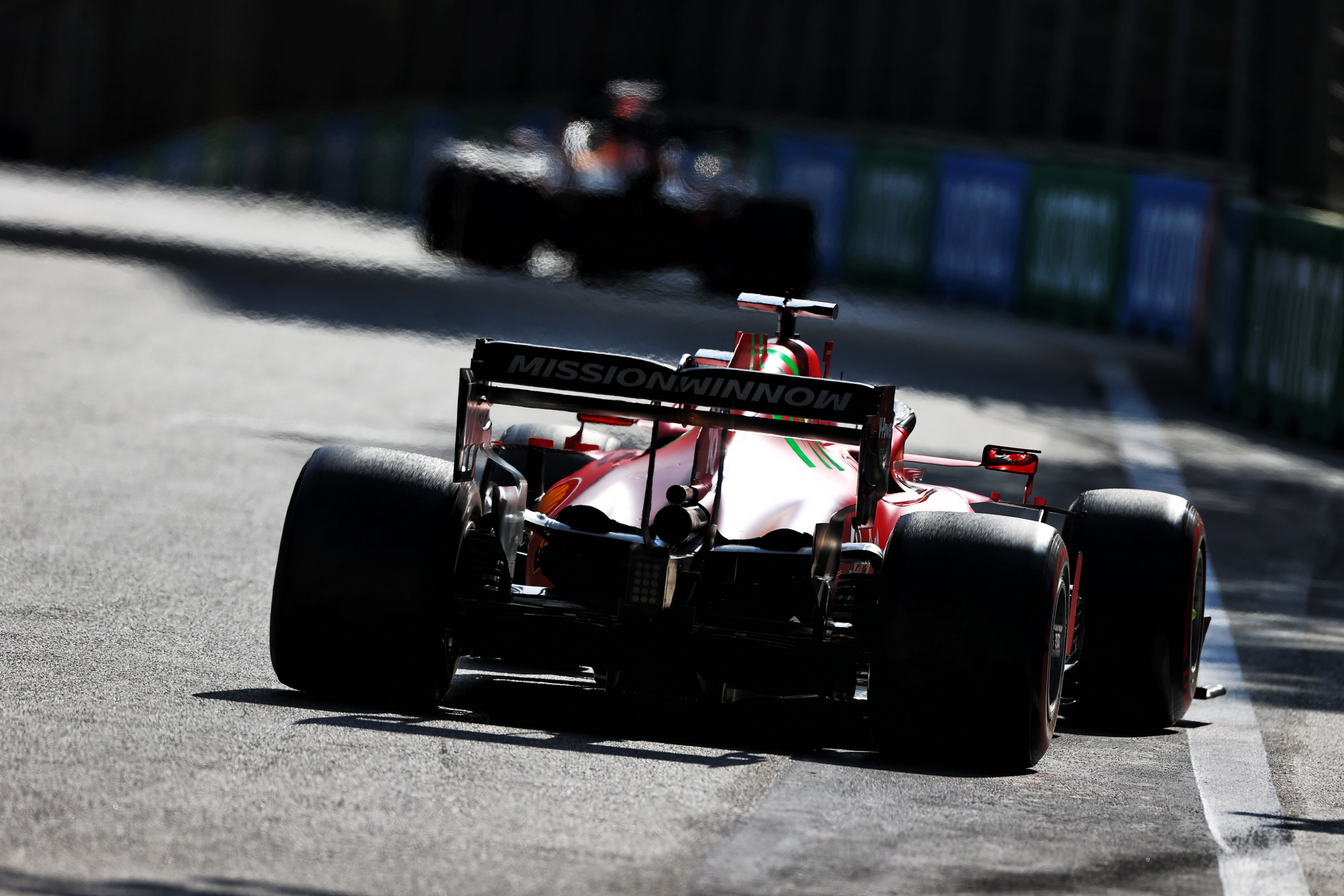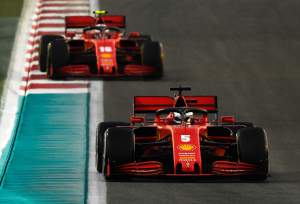Up Next

Ahead of 2021, Ferrari team principal Mattia Binotto set a clear objective: to finish third in the Formula 1 constructors’ championship.
Not only is Ferrari currently on target to achieve that – which in itself is a substantial improvement over 2020’s abject sixth place – but it also has the unexpected bonus of Charles Leclerc’s two pole positions to prove its progress.
It remains to be seen whether it can hold onto third place given its advantage over McLaren is only two points and the calendar now moves away from the slower tracks on which Ferrari has excelled.
But given Ferrari’s struggles last year, and the focus on the 2022 car for the all-new technical regulations, what’s happened so far this season has to be considered a positive.
“I think we have already shown that we can be back at the front because now it’s two races in a row,” said Binotto when asked by The Race if recent progress confirmed Ferrari is back on the right track to winning races next year.
“We know that are still areas that need to be improved. It’s great to have clear objectives for the future”
Ferrari’s 2021 car has proved its excellence in slow-speed corners, with its compliant mechanical platform meaning it also performs well over the bumps and kerbs. Even in Azerbaijan, where the long straights were expected to lay bare its ongoing power unit weakness, running in low-downforce trim made it competitive over a single lap.

That came at the expense of the way the car treated its tyres over race stints, so Leclerc was never likely to stay at the front. Still, finishing fourth with Carlos Sainz eighth after an early trip up the escape road was a disappointing return.
That’s the major downside of the Monaco and Baku weekends – Ferrari showed such raw pace yet came away with only a seven-point gain over its third-place rival, McLaren.
The performance pendulum could swing more in favour of McLaren at Paul Ricard and the Red Bull Ring over the next three weekends, although Ferrari’s qualifying performance remains a strength.
On average, it has the third-fastest car this season – closing from 1.444% off the pace last year to 0.539% down this year.
Generally, Ferrari has been stronger than McLaren in qualifying trim and having taken a couple of races to get on top of its car, it’s not impossible that it could carry over its form from Spain and outperform its nearest rival even at tracks considered less favourable. But race pace is the main concern.
Ferrari’s effectiveness in adapting to the modified aerodynamic rules this year is also encouraging. The innovative approach it took to mimicking Mercedes’ swept-back rear suspension design through its token spend indicates sound decisions being taken on a technical level.
These qualities bode well for next year, especially with Ferrari now being happy that the team structure is right both to tackle historic weaknesses and adapt to the cost cap era.
But despite these positive trends, which at least mean there’s a reasonable expectation that Ferrari can produce a car in aerodynamic and mechanical terms next year, there is one big question mark.

Progress with the power unit will be critical, not just for 2022 but for the two seasons that follow given the engine freeze.
Ferrari made gains this year after its 2020 engine was limited by having to comply with technical directives it helped frame through its co-operation with the FIA, but it still lacks for peak power.
As The Race explained recently Ferrari has decided against pursuing the split turbo concept it has been working on and is instead sticking with an aggressive approach to combustion technology.
Confidence is high this will work and Ferrari’s success from 2022-2024 could hinge on this direction being the right one.
For now, the focus on track will be showing it can prevail over McLaren in the battle for third.
If it can do that, and do the job with the engine, then there’s every chance it could be back in the hunt for regular race wins next season.







